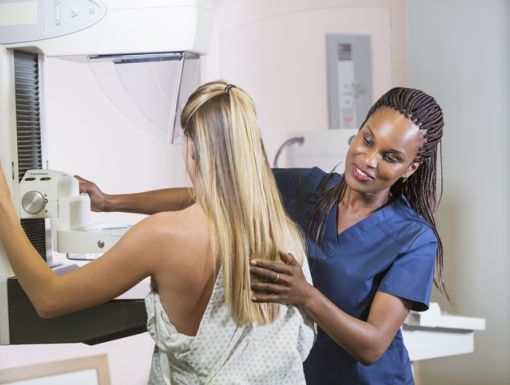
Ovarian Cancer Screenings: Myths vs. Facts
Cancer screenings are used to find cancer at an early stage so that it is easier to treat. Because ovarian cancer is typically caught in an advanced stage, and often goes undetected because the symptoms resemble common conditions, there are many myths surrounding routine screening tests.
The biggest myth surrounding ovarian cancer is that there is a routine screening available - currently there is NO standard or routine screening test for ovarian cancer. While screening is currently being studied, more sensitive and specific screening is needed to aid in ovarian cancer detection. So far, routine screening has not been shown to decrease the death rate for ovarian cancer compared with routine care, so it is not currently recommended.
While there is currently no standard screening available for ovarian cancer, tests that can help detect it include a pelvic exam, transvaginal ultrasound, and serum tumor markers. Tumor markers are substances that are created in the body by cancer, or in response to the presence of cancer. While possible markers for ovarian cancer have been identified, there is no one test available that is sensitive or specific enough.
Learn more about cancer screenings at Ochnser.
While the U.S. Prevention Services Task Force currently maintains that there is no recommended screening for ovarian cancer, some groups including the American Cancer Society advocate for possible screenings for women with a family history. The American College of Obstetricians Gynecologist recommends evaluation only in the case of signs/symptoms being present.
In general, ovarian cancer screening is not recommended for a general population without increased risk or symptoms. Symptoms associated with ovarian cancer are common and often are due to other causes, and a family history of breast, ovarian, uterine, or colon cancer is important to know in order to assess your risk.

-d10df263c2.jpg)

